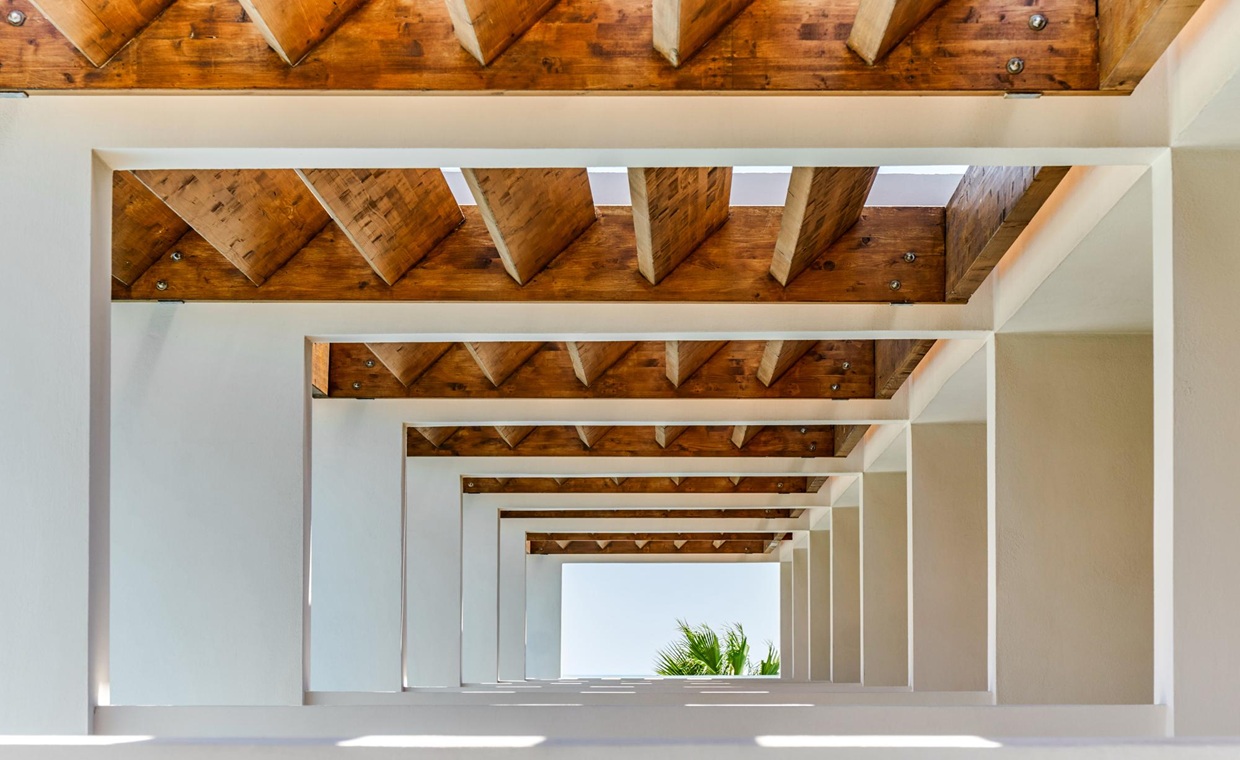
Table of Contents
Choosing marble slabs is a crucial step in creating a stunning and durable addition to your home or business. With so many options in color, pattern, and quality, knowing what to look for can make all the difference in ensuring your investment is both beautiful and long-lasting. This guide will walk you through the essential factors to consider when shopping for marble slabs, helping you make an informed decision with confidence.
Understand the Different Types of Marble

Carrara marble, known for its subtle gray veining, is a popular choice for modern and classic designs. Calacatta marble features bolder, more dramatic veining, making it ideal for statement pieces. Statuario marble combines white tones with striking gray veins, creating a luxurious appearance. Crema Marfil, a beige marble, offers warmth and versatility for neutral color schemes. Black marbles, like Nero Marquina, add elegance with their deep tones and light veining. Understanding these types helps you choose the right marble slab that matches your design goals and maintenance needs.
Assess Marble Quality and Grade

Marble quality can vary significantly. If you are looking at marble slabs for sale, assessing quality and grade is essential. High-quality marble is free of cracks, chips, and visible filler materials.
Inspect the surface for consistent veining and uniformity in color. Premium-grade marble slabs typically have fewer imperfections and more defined patterns compared to commercial-grade options.
Check for durability by asking about the slab’s density and resistance to scratching. Polished slabs should have a smooth, reflective surface without dull patches. If possible, view the slab in natural light to better evaluate its true appearance.
Evaluate Color Variations and Patterns

Marble naturally comes in a variety of hues, ranging from whites and greys to blacks, greens, and even pinks. Pay attention to how the colors blend with your overall design scheme.
The veining patterns also play a significant role in the slab’s appearance. Some slabs have subtle, fine veining, while others feature bold, dramatic streaks.
Look for consistency in the patterns across the slab to ensure it matches your aesthetic preferences. Natural variations are normal, but choose a slab where the colors and veining complement your space.
Check for Imperfections and Defects

Checking for imperfections and defects is essential to ensure the quality of marble slabs. Carefully inspect the surface for cracks, chips, or uneven edges that could affect the slab’s durability and appearance.
Look closely for visible filler materials, which may indicate lower-grade marble. Examine the back of the slab for any signs of weak spots that might cause it to break over time. Pay attention to inconsistencies in the finish, such as dull areas or scratches.
Small imperfections are common in natural stone, but significant defects can compromise its strength and look. By thoroughly checking for flaws, you can choose marble slabs that meet both your aesthetic and functional needs.
Consider the Thickness and Size of the Slab

The thickness and size of a marble slab are important factors to consider when making your selection. Thicker slabs, typically 2-3 centimeters, offer greater durability and are better suited for heavy-use areas like kitchen countertops. Thinner slabs may require additional support but can work well for vertical applications like walls or backsplashes.
Ensure the slab’s size fits your project without needing excessive cuts or seams, as these can affect the final appearance. Measure your space accurately and discuss options with the supplier to find the best fit. Choosing the right thickness and size ensures the marble slab enhances both the functionality and aesthetics of your project.
Match Marble Finishes to Your Design Needs

Polished finishes create a shiny, reflective surface that adds elegance and highlights the marble’s natural veining. They are ideal for countertops or accent pieces in formal settings.
Honed finishes offer a matte look with a smooth texture, making them suitable for high-traffic areas like floors, as they are less prone to scratches.
Brushed or textured finishes provide a rustic, non-slip surface, perfect for outdoor spaces or bathrooms.
Consider the overall style of your space and how the finish complements it. Choosing the right marble finish ensures your slab blends seamlessly with your design while meeting practical requirements.
Compare Prices and Budget Considerations

When exploring marble slabs for sale, comparing prices and understanding your budget are essential steps. Marble costs can vary widely based on factors like type, quality, size, and finish.
Exotic or rare marble types often come with higher price tags, while more common options may fit smaller budgets. Always ask for detailed quotes, including additional costs like cutting, polishing, or delivery.
Comparing multiple suppliers helps you find the best value without compromising quality. Setting a realistic budget and prioritizing quality ensures you invest in marble slabs that meet your design needs and stand the test of time.
Review Maintenance Requirements for Each Type

Different types of marble slabs have unique maintenance requirements that you should consider before choosing marble slabs. Some marbles, like Carrara, are more porous and may need regular sealing to prevent stains. Polished finishes require careful cleaning to maintain their shine, while honed finishes are less prone to visible scratches but may still absorb liquids.
Avoid harsh cleaners, as they can damage the marble’s surface over time. Learn how to properly care for the specific type of marble you choose, including recommended cleaning products and sealing schedules. Understanding maintenance needs ensures your marble slab stays beautiful and durable, making it a worthwhile investment for your space.
Final Step: Selecting a Reliable Supplier or Vendor
Selecting a reliable supplier or vendor is the final step in ensuring you get high-quality marble slabs for your project. Start by researching suppliers with a strong reputation and positive customer reviews. Visit their showroom or warehouse to see the slabs in person and verify the quality before choosing marble slabs. Reliable vendors should provide detailed information about the origin, type, and characteristics of their marble. Ask about their quality control processes and whether they offer guarantees on their products.
Transparency in pricing, including additional costs for cutting or delivery, is also important. A trustworthy supplier will guide you through choosing marble slabs and help you select slabs that meet your needs.
Also Read: Quartz vs Composite Marble






























